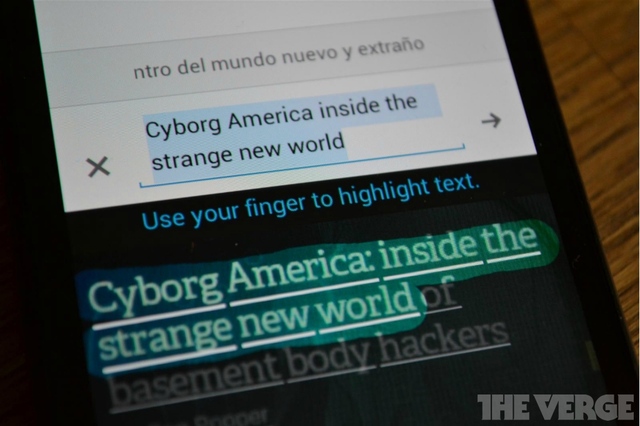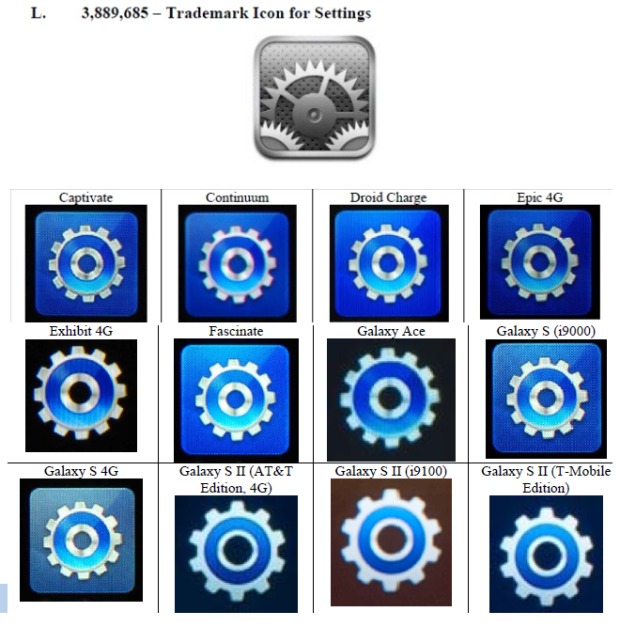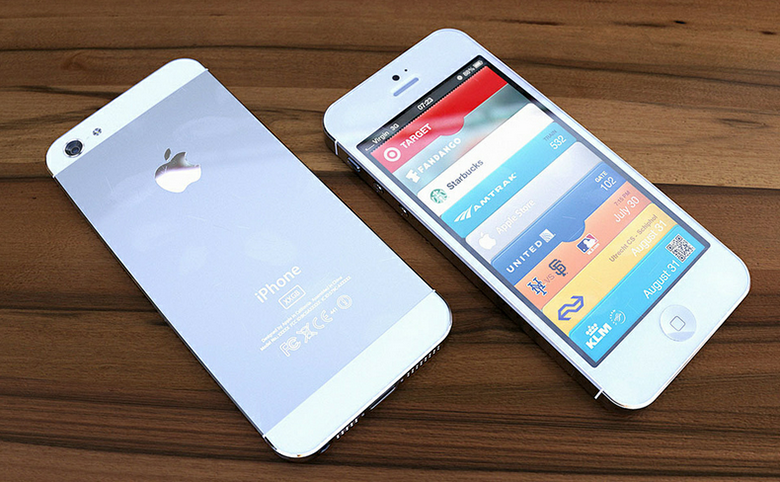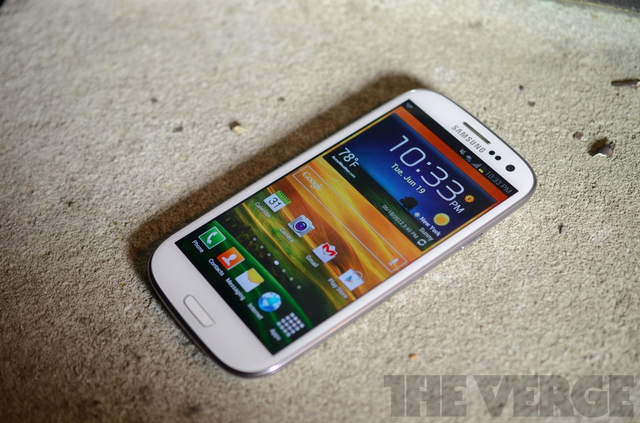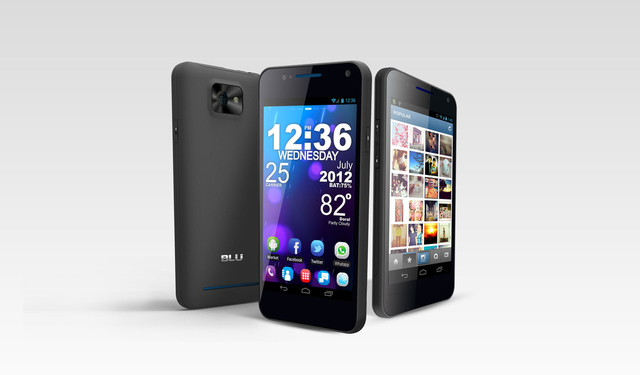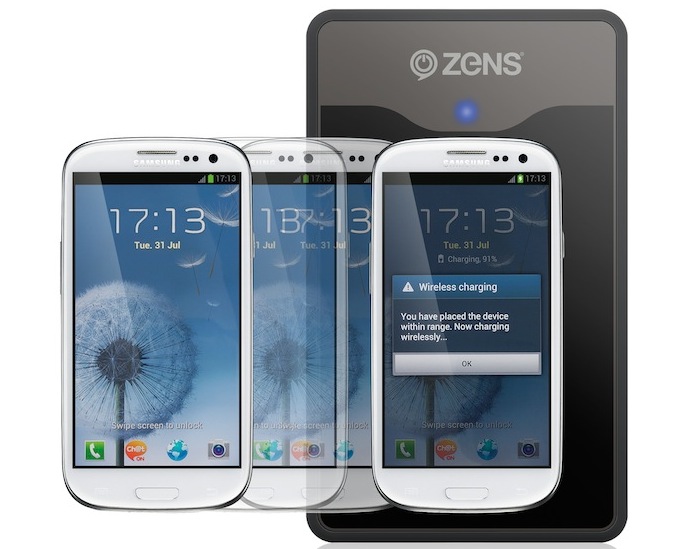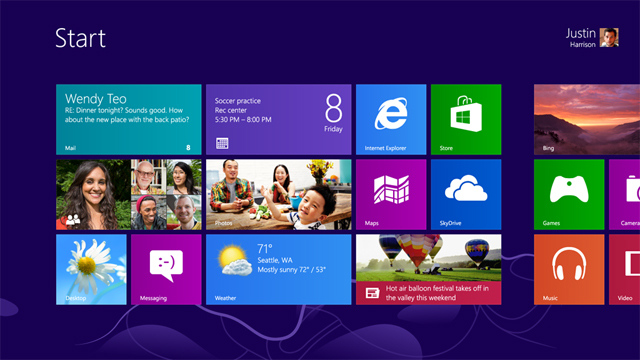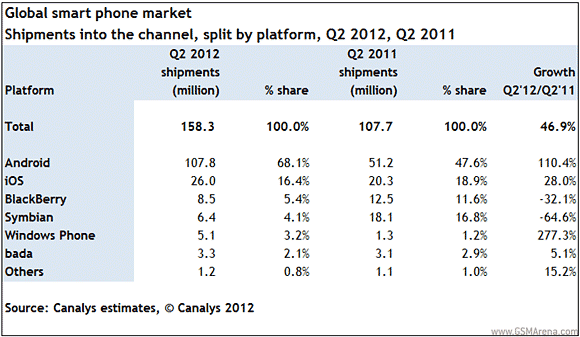Facebook won’t always exist. Sure, a company named Facebook will
exist and sure, it will have a social network that is hosted on
Facebook.com. But Facebook as our go-to social network has a finite
lifespan.
Like Google, Yahoo, and even Amazon, Facebook will have to recast
itself as the internet landscape changes. Google started as a better
search engine. As the internet grew and exploded in use, Google shifted
to providing a bevy of cloud services, trying to be the provider of your
core internet experience through apps such as Google Documents, Gmail,
and Google Maps. Now Google is shifting gears again by moving offline
with Google Glasses, Street View, and Driverless Car.
Or there is Yahoo, which started as an internet directory but
branched out into search and home page services. Today Yahoo provides a
home page for
700 million monthly unique visitors and remains profitable despite its ever-shrinking market share.
Finally, Amazon started as the ecommerce bookseller, but Jeff Bezos
constantly pushed the company beyond the confines of that pigeonhole
category. Today Amazon is plotting a network of urban warehouses that
can ensure
same-day delivery, and has even turned itself into the preeminent cloud computing provider with Amazon Web Services.
Two threats: mobile & social turf creep
Facebook now confronts two external forces that will shape how it
grows: mobile and the threat of turf creep from other social products.
Facebook has always had a rocky relationship with mobile. It took over a
year after the iPad came out for Facebook to release an app for it. In
addition, Facebook’s mobile apps have been plagued with complaints about
sloth-like speed and a generally underwhelming user experience. At the
same time, the breadth of mobile as a platform (over
488 million monthly Facebook users and counting) means that there are huge opportunities in stitching people together in the mobile space.
Because of mobile’s rapid growth, new opportunities such as photo
sharing and video sharing emerge quickly. Each time a new piece of the
mobile paradigm is built, Facebook confronts a new risk. For example,
Instagram quickly amassed over
30 million
users before Facebook acquired them. The gaps in consumer mobile that
result from Facebook’s inability to fill the mobile space fast enough
provide clear opportunities to disrupt Facebook and take social eyeballs
away from them. In the case of Instagram, it came at a cost of $1
billion.
The harsh economics of mitigating the platform gap risk means
Facebook will work more proactively to release mobile products. You
already see the results of this with Facebook’s standalone applications:
Messenger, Camera, and of course, Instagram.
As mobile increases opportunity risk for Facebook, it also causes a revenue problem. Facebook has
struggled
to capture mobile advertising dollars. Mobile advertising is challenged
by various practical issues. First, the small display area makes it
difficult to capture the attention of customers. Second, mobile is not
the ideal platform for people to complete a funnel as they are often
using it in short bursts of time.
As a result, mobile ads struggle to gain clicks and suffer from weak
CPM rates. Concurrently, Facebook suffers because an increasing fraction
of its users are on mobile (and hampered by their mobile platform
weaknesses. The next 10 years of Facebook will be defined by solving the
mobile problem. How do you protect against mobile threats (a la
Instagram and Viddy) and simultaneously solve the mobile revenue
problem?
Facebook is also threatened by the scope expansion of other social
products. What if Twitter starts building out a more thorough profile?
What if Instagram remained independent and built a robust web platform?
The next company to supplant Facebook may well start as a feature on
some existing product: A photo-sharing application that slowly expands
into a social network, or a group text message application that starts
building profiles. Facebook appears conscious of this threat and
evidently is trying to mitigate it ia acquisitions.
Facebook in 2022
The Facebook of 2022 will still lie firmly in the grip of Mark
Zuckerberg, but will be quite different. Rather than a desktop-focused
social network, Facebook will be the universal sign-in solution for the
social web, a collection of various mobile applications, and a powerful
external ad network that overcame Google’s publisher network.
Facebook has made continuous progress toward becoming a universal
sign-in for the social web. Heavily used applications such as Spotify
rely on Facbeook as their main sign-in provider. Facebook has
accomplished this by leveraging the appeal of one-click signon as well
as the breadth of data they are able to provide application developers
without requiring a user registration form. Over the next 10 years,
Facebook will work to solidify this advantage. Look out for more
initiatives like the Facebook Fund, which provides financial incentives
for people building on, or alongside, the Facebook platform.
In addition, Facebook will continue pursuing their strategy to
provide distinct mobile experiences. Whether it’s Instagram or
Messenger, Facebook’s mobile strategy will be a series of applications
distinct from desktop Facebook that leverage their data and network
while still providing a unique experience. This lets Facebook try more
things while freeing mobile from legacy constraints derived from the
core network’s functionality.
Finally, Facebook will become the main provider of external
advertising, overcoming Google’s adwords and display business.
Facebook’s eventual, and long rumored, external ad network has the power
to target not only contextually within the page, but also use the reams
of information that Facebook already has to attain deeper targeting. In
the last couple of months, we’ve seen Facebook’s
first attempt
at this external ad network with the launch of Facebook “sponsored ads”
on Zynga.com. Watch over the next few years as Facebook builds a large
publisher network based on the promise of true demographic targeting.
The Facebook of 2022 will look a lot more like a data warehouse; that
is, a utility providing users and web developers an easy way to store
and access personal information. Facebook will create new ways to
experience and operate with this data, such as a lineup of mobile
applications and a massive external advertising network that has
inherent advantages over Google’s publisher network. These changes come
both from the opportunities presented by the rich set of data that
Zuckerberg holds tightly, and by the consistent and growing threat of
mobile. Facebook in 2022 will look much more utilitarian, but no less
influential.
Image Credit: Trey Ratcliff
